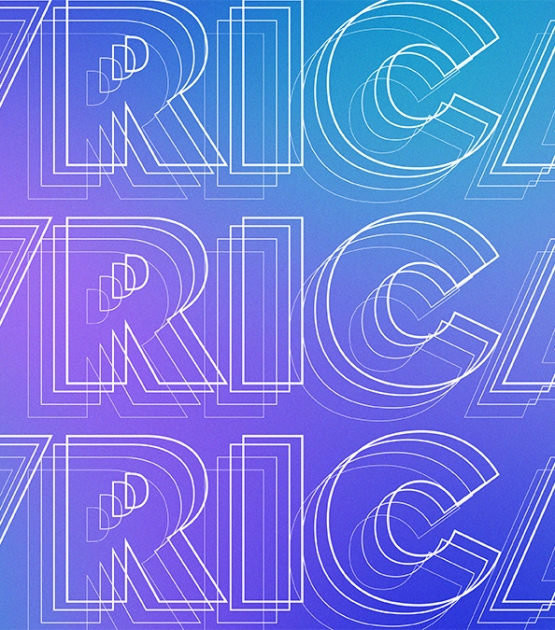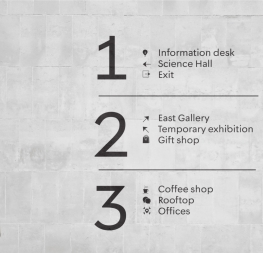Using Hebrew’s constructed and human feel, while adding a century of lessons from geometric type design.
As an extension of Veronika Burian and José Scaglione’s Postea Latin, the Postea Hebrew font family is a take on geometric typefaces by Tom Grace, with consultancy by Meir Sadan. Postea Hebrew is infused with the right attributes for setting paragraphs and headings, and perfect for branding and text use. The classic curves and purposeful details keep its individuality intact while allowing it to fit an incredible range of design needs. Because of these qualities, Postea Hebrew makes normal reading in paragraphs a cinch and your branding memorable.
Postea Hebrew’s main goal was to match the Latin’s colour and rhythm for a unified look in multiscript typography. This required studying Postea’s existing Latin version, as well as Hebrew typefaces and lettering made with a similar look or during a similar time period. A second goal was to provide a style for modern Hebrew and Yiddish typography which combines geometric and handmade structures for a readable, familiar, and still novel family.
Compared to midcentury attributes of restraint and a sparse appearance, Postea’s deliberate play between character widths injects its personality with liveliness and distinction. Another nice surprise awaits: spacing for the Hairline weight is tighter for optimal use in large headings and titles, while the regular weights have the expected, slightly looser spacing for text.
Postea Hebrew is opinionated and has modern stylistic sets with softer, specially-designed alternate characters. The default characters ‘b’ and ‘u’ are gentle around the bowls, so Stylistic Set 03 replaces them with the typical, harder forms. SS02 includes ‘f, t, and y’, and is a more stoic interpretation of the default characters with several Arabic, Cyrillic, Greek, and Hebrew alternates here. The single-bowled ‘a’ can be found in SS04. And wallpaper-worthy geometric symbols and ornaments are packed into SS01 and 09.
Postea Hebrew’s seven upright styles or one variable font are accompanied by an all-new family of icons in three weights, for which we developed a new, easy activation method. Simply bookend the desired icon name with colons (:arrowUp: :firstAid: :aid: :chargingStation:), making sure to capitalise each word after the first word, then select it and activate SS10. Icons include wayfinding, social interface, and sanitary precautions like face masks, thermometers, hand washing, and much more.
Postea Hebrew brings all this together nicely, invoking a balance between a constructed and human feel while benefitting from a century of geometric type design. The entire multiscript family (Arabic, Cyrillic, Greek, Hebrew, and Latin, now including Vietnamese) is resilient in the number of ways it can be used, and its recognisable characters make it a prime selection for branding, signage, corporate typefaces, and magazines. Beginning with 100 years of lessons in geometric type, Postea Hebrew is the rational response for text — an adaptive take on geometric sans serifs.
CREDITS
Lead design and concept
Veronika Burian, José Scaglione
Type Design
Azza Alameddine (Arabic)
Veronika Burian (Greek)
Yorlmar Campos (Greek)
Vera Evstafieva (Cyrillic)
Tom Grace (Hebrew, Greek)
Icon Design
Luciana Sottini
Quality Assurance
Azza Alameddine
Engineering
Joancarles Casasín
Kerning
Radek Sidun (Latin)
Graphic Design
Rabab Charafeddine
Elena Veguillas
Felicia Priscillya
Motion Design
Cecilia Brarda
Copywriting
Joshua Farmer
Consultation
Meir Sadan (Hebrew)
Irene Vlachou (Greek)
Social media manager
Douglas Arellanes


